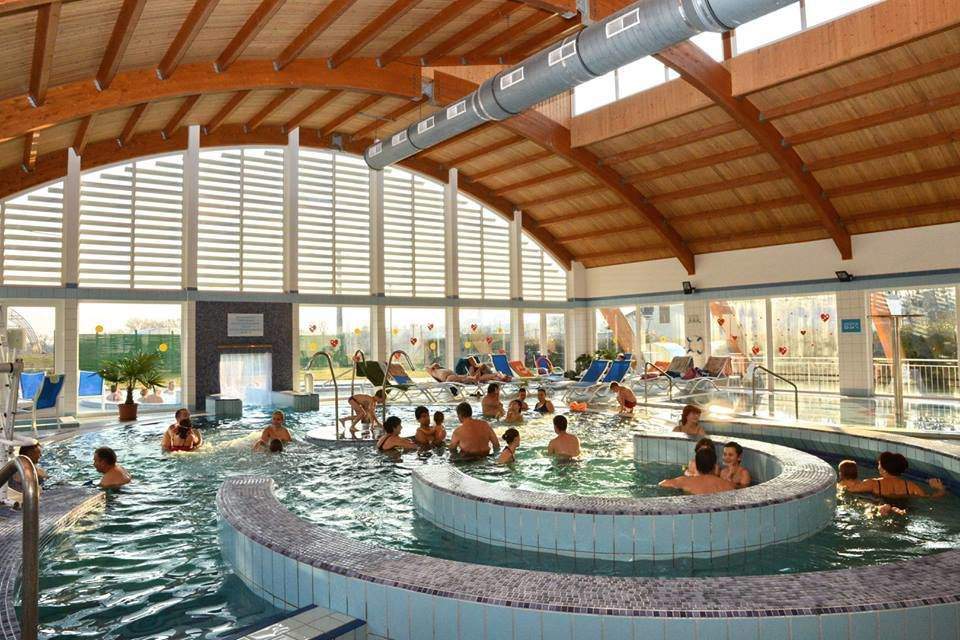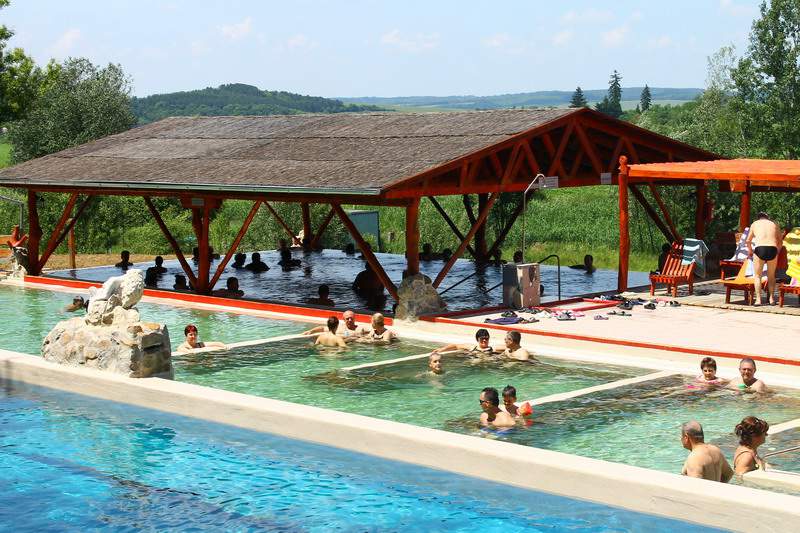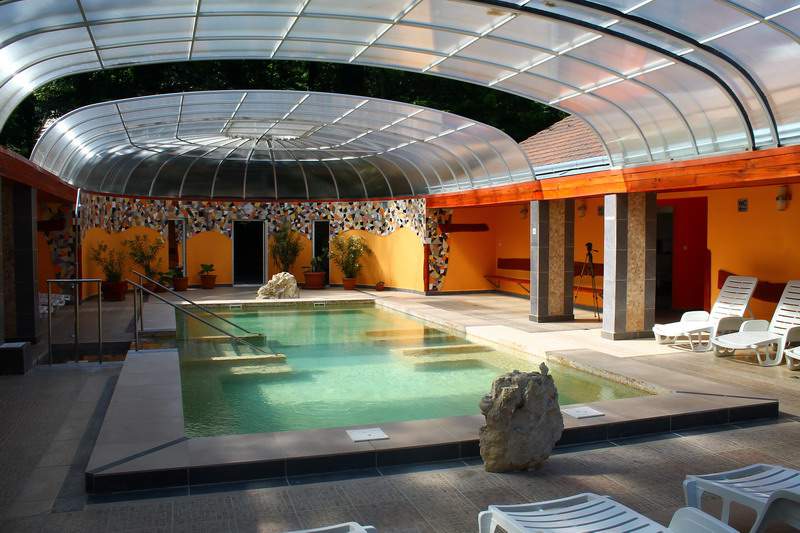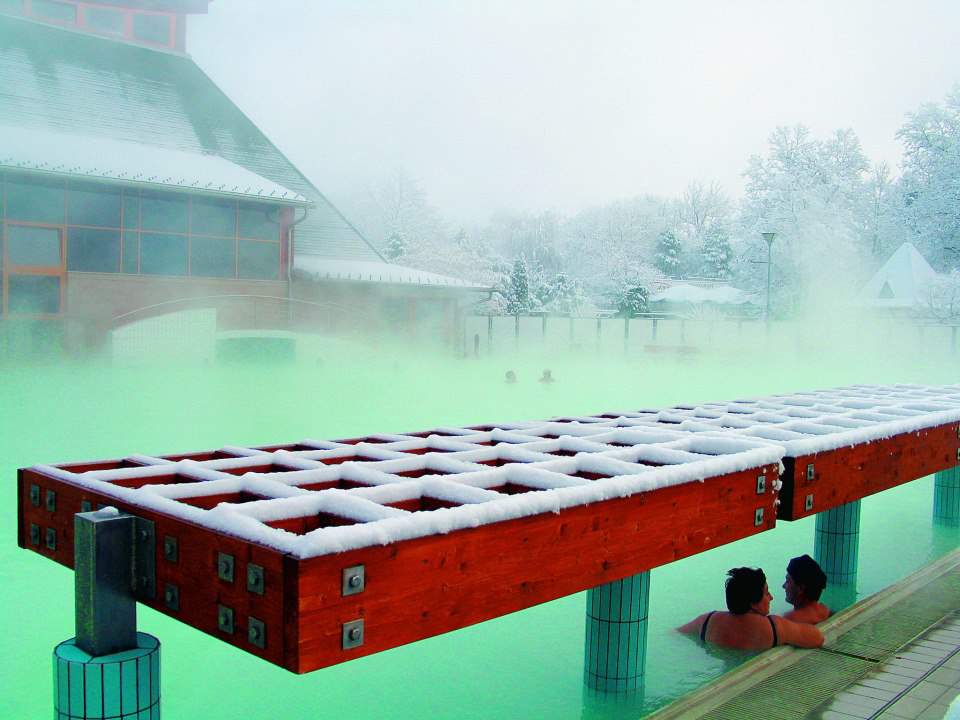Strange legends behind the discovery of famous Hungarian medicinal waters

Termalfurdo.hu notes that Hungary is abundant in medicinal waters and Southern Transdanubia is no exception to it. The medicinal waters and spas of Harkány, Igal and Kaposvár, are among the most beloved recreational places of the region. This article unfolds how these secret waters were discovered and what strange stories are behind them.
Just like the majority of thermal baths in Hungary, the ones in Southern Transdanubia were also discovered while searching for mineral reserves. In fact, the discovery of these waters also meant the failure of geologists looking for oil or natural gas. The communist regime commissioned these people, but instead of minerals, they found emerging hot water. At that time, people did not know about the therapeutic and touristic opportunities lying behind the waters.
However, not only industrial researches led to the discovery of well-known Hungarian baths, but everyday observations of people, too.
In many cases, the emerging water was used for the treatment of animals, but after witnessing the beneficial effects of waters with their own eyes, locals also liked standing or sitting in the hot springs. In the following, you can read about some of the gorgeous Southern baths in Hungary which provide evidence for the theories mentioned above.
1. Gunaras Bath – once the pond of geese
The Gunaras Bath, the name of which already refers to secret stories, is only 3 km from Dombóvár. Allegedly, it got its name after being the pond of geese at the beginning of the 20th century. According to the legend, local women working on the cornfield washed their legs in the water on their way home. It was them who spread the news about the beneficial effects of the water that alleviated their rheumatic pain. As the news spread about the magic water, more and more people arrived at the settlement and scientists also proved the medicinal effects of the emerging hot spring. The water of Gunaras was declared to be medicinal water in 1977.


2. Igal Health Spa – the home of thermal water instead of oil
The history of the Igal Health Spa can be retraced to the 1940s when people looked for minerals, especially oil, in the neighbourhood. In contrast to the assumption that the area is rich in oil, oil was not found, but from a 651-meter depth, 81 °C water emerged onto the surface. People had to wait until 1962 when the decision was made about constructing a spa. In 1962, two pools were opened to the public, but three years later, they winterised the pools and covered them so that they can be used now all year round. In 1967, outdoor pools, a swimming pool and children pools were constructed which make the establishment one of the most beloved complexes in the region.


3. Bath of Magyarhertelend – famous for its thermal water and not for its coal
Generally considered, typical Hungarian baths were discovered during the search for natural gas or oil. However, the bath located in Magyarhertelend, not far from Pécs, is an exception to this assumption. In 1958, people were looking for coal and not for oil like in most settlements when at a depth of 550 meters, thermal water emerged out of nothing.
Today, the bath is well-known for its two thermal wells which provide water of 38°C and 68°C .
The water of the bath is beneficial for those suffering from rheumatic or circulatory problems.


4. Harkány Thermal Bath– preserves the footprint of the devil
There are some stories about the rightly famous hot spring of Harkány. According to one of the legends, which can also be read on the wall of the establishment, the water was created by the devil. As the story goes, the devil wanted to get married to a beautiful local girl, but eventually, he could not win her hand. Therefore, the devil escaped under the ground, and at that place, sulphur water emerged. This is how the famous Thermal Bath of Harkány was born according to the tale.

However, this is not entirely true. The speciality of the area is that the high-temperature water is very close to the surface.
The medicinal effects of the water rested unknown for quite a long time until the Batthyány family living there wanted to drain the swampy land to obtain more pastures.
For this reason, day labourers had to dig a channel. Among the workers, a man called János Pogány regularly suffered from rheumatic problems. He realised, however, that after working in the swamp, all his symptoms and pain were alleviated. The news spread very quickly about the magical power of the water, and the owner also saw the business opportunity lying in the land. For this reason, in 1825, construction works started in the area. This is how the Harkány Thermal Bath was born.

Featured image: facebook/harkanygyogyfurdo
Source: termalfurdo.hu





